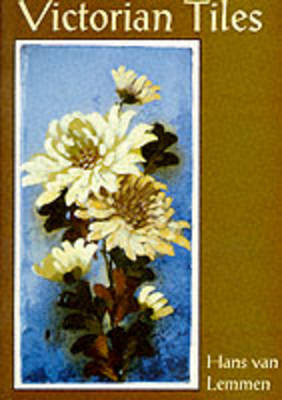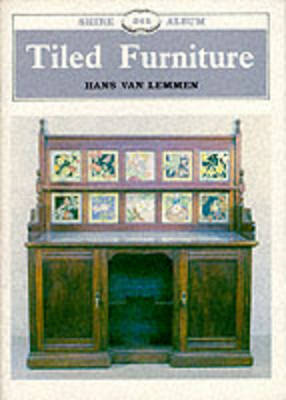Shire album
3 primary works
Book 67
The story of Victorian tiles is a fascinating one. During Queen Victoria's reign, tiles began to be mass-produced for the first time and were used in many public buildings, churches, shops and houses for their functional properties and their decorative effect. Victorian tiles were decorated by a variety of different methods and show a diverse range of subject matter, which makes them appealing to collectors. This book charts the history of Victorian tiles, focusing on the manufacturers, the designers, the decoration techniques, their applications in buildings, and the themes and styles to be found. There is also advice for tile collectors on where to buy, what to look for and how to manage their collection.
Book 179
Italian potters brought the art of making tin-glazed tiles to the Low Countries in the early sixteenth century. Native potters copied the technique and in the seventeenth century they began to manufacture the distinctive blue and white Dutch tiles. Huge quantities were produced during the seventeenth and eighteenth centuries, first in the Netherlands and later in Britain. Because the best tiles and other tin-glazed pottery came from Delft, the name of the town became associated with this ware. This book traces the history of delftware tiles, describes how they were made and explains the differences between Dutch and English delftware tiles.
Book 242
At the Great Exhibition of 1851, English manufacturers showed furniture in which ceramic plaques painted at the Worcester factory were used. As tiles became more readily available, pictorial and patterned tiles were used as decoration and protection on a range of items throughout the house, from bedroom wash-stands to hall-stands, tile screens, pot-stands and flower boxes. The author describes and illustrates the variety of material used in conjunction with tiles, the range of prevailing styles, from Gothic to Anglo-Japanese, with which they were combined, the furniture manufacturers producing tiled pieces, and the tilemakers themselves.


